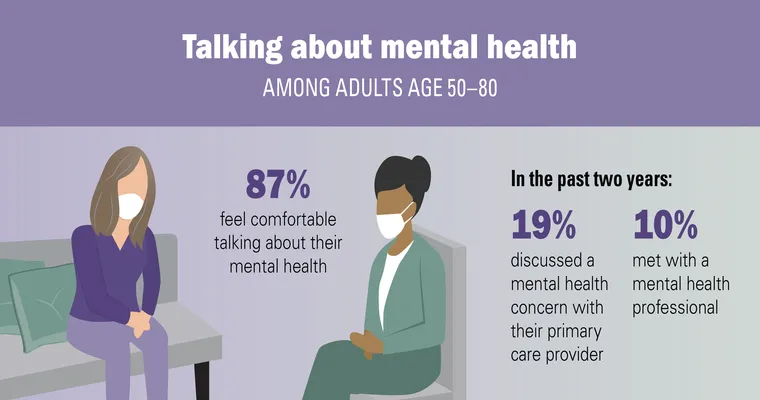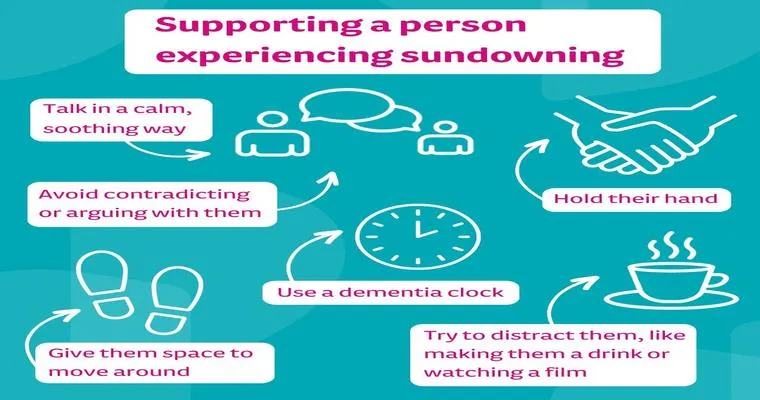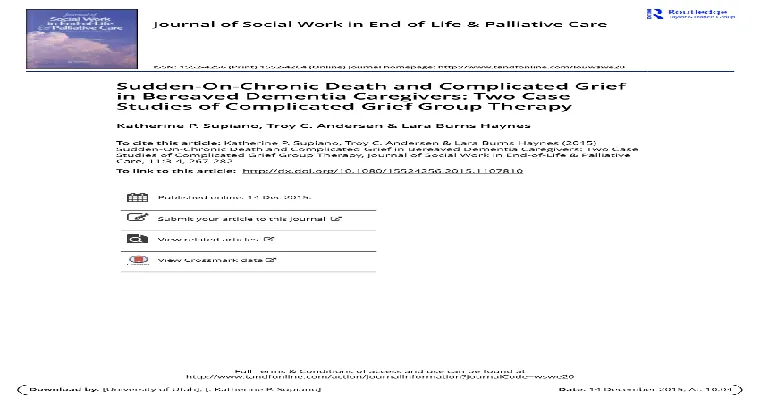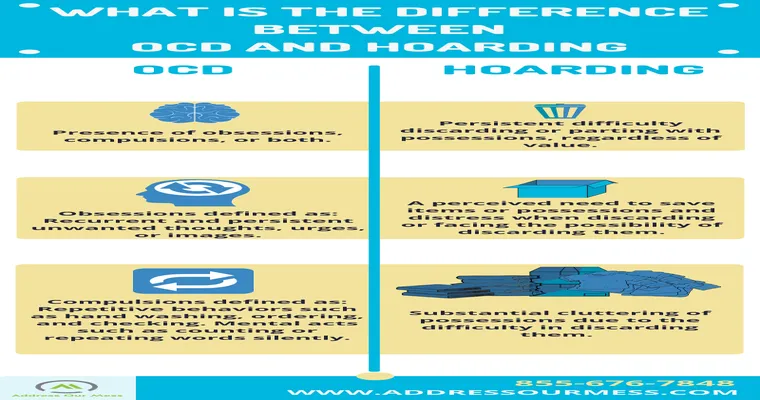Dealing with ""all or nothing thinking"" and "splitting" can be particularly challenging for individuals with "Borderline Personality Disorder (BPD)". These cognitive distortions often lead to intense emotional responses and difficulties in interpersonal relationships. Understanding how to manage these thought patterns is essential for those affected by BPD and their loved ones.
"All or nothing thinking," also known as "black-and-white thinking", refers to a cognitive distortion where individuals see situations in extreme terms, without recognizing the nuances in between. For example, a person with BPD may feel that they are either a complete success or a total failure, leaving no room for a middle ground. This type of thinking can lead to significant emotional distress and crippling anxiety.
Similarly, "splitting" is another common issue in BPD, where individuals perceive others as either all good or all bad. This can result in unstable relationships, as the individual may idealize someone one moment and then devalue them the next. Such shifts can cause significant turmoil for both the person with BPD and those around them.
To effectively deal with these challenges, it is crucial to develop coping strategies. Here are some practical approaches for managing "all or nothing thinking" and splitting:
1. "Awareness and Acceptance": The first step is to recognize when these thought patterns arise. Keeping a journal can help identify triggers and patterns. Acceptance of these thoughts as part of the disorder can reduce shame and facilitate healing.
2. "Cognitive Behavioral Therapy (CBT)": Engaging in CBT can provide tools to challenge and reframe distorted thoughts. A therapist can help the individual recognize when they are engaging in black-and-white thinking and guide them towards a more balanced perspective.
3. "Mindfulness Practices": Mindfulness techniques can help individuals stay grounded in the present moment, reducing the intensity of their emotional responses. Practicing mindfulness can create space between thoughts and actions, allowing for more measured responses.
4. "Emotion Regulation Skills": Learning to regulate emotions through skills like deep breathing, progressive muscle relaxation, or engaging in enjoyable activities can help mitigate the impact of intense feelings that often accompany splitting and all-or-nothing thinking.
5. "Building a Support System": Surrounding oneself with understanding and supportive individuals can provide a buffer against the emotional turmoil of BPD. Support groups or therapy can also offer a safe space to share experiences and learn from others facing similar challenges.
6. "Gradual Exposure to Gray Areas": Deliberately practicing seeing situations in shades of gray can be beneficial. This may involve challenging oneself to identify the positive and negative aspects of a situation or person rather than categorizing them as entirely good or bad.
In conclusion, dealing with "all or nothing thinking" and splitting is a significant aspect of managing "Borderline Personality Disorder". By employing coping strategies such as awareness, cognitive behavioral therapy, mindfulness, emotion regulation, and building a support system, individuals can work towards healthier thought patterns and more stable relationships. With time and practice, it is possible to shift towards a more balanced way of thinking, ultimately leading to improved emotional well-being and interpersonal dynamics.





